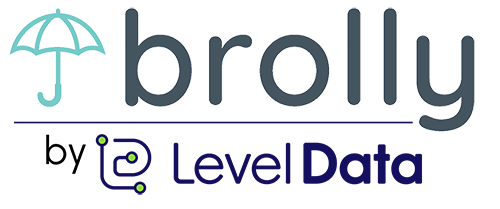Funding Opportunities – Nevada Edition

With the recent passage of the $2 trillion American Rescue Plan, Nevada’s K-12 schools are poised to receive $965 billion in assistance, far and away the larges of the three COVID-19-related relief acts (CARES Act, CRRSA) that together are bringing almost $1.5 billion in additional funding for education to districts across the state, with additional grants being released by the state itself.
ESSER, ESSER II & ARP ESSER
- Brolly assists in the COVID-19 response for special education teachers and service providers, who have seen their service model disrupted by the current pandemic.
- With the app, providers can document and share both virtual and in-person services, service attempts, attendance and student progress.
- The data gathered and presented through Brolly can be vital to determining the scope of learning loss for special education students, one of the hardest-hit groups during the pandemic, and documenting all attempts to serve students in all phases of school closure and reopening.
- The service provision data created and maintained within Brolly can bolster the required detailed district and state accounting and reporting of the use of ESSER, ESSER II and ARP ESSER funds, with a focus on how the State is using funds to measure and address learning loss among students disproportionately affected by the coronavirus and school closures, including children with disabilities. Streamlining progress and service data gives providers more time to deliver targeted, high quality intervention to students with the most need.
Nevada Funding Notes
Nevada emphasizes continued, consistent progress monitoring.
As detailed in the guidance on COVID-19 and students with disabilities released by Nevada’s Department of Education in November 2020:
What is the roll of data collection, progress monitoring, and reporting for each student with a disability during the implementation of alternative delivery plans?
“It is critical. This data collection will provide parents with LEAs essential data when in-person instruction at school commences and will focus the data collection at that time on the student’s performance as compared to the baseline data pre-COVID-19 to enable the determination whether there was any regression or lack of expected progress and to ascertain the degree, if any, of the student’s recoupment of lost skills and progress. In addition, progress monitoring that reveals a student’s loss of skills or expected progress toward annual goals during the implementation of the alternative delivery plans may allow a timely amendment of the plan to, at minimum, mitigate any such regression.”
